Recycling By the Numbers
Plastics are very particular: They gotta go where they gotta go. That’s why they all have their tiny resin identification code - the small number from 1-7 inside the triangle recycling symbol - to help recyclers know exactly what type of plastic they are for the sorting process.
If you’re not up on your codes, the extra effort you make to recycle may still land plastics in a landfill, rather than recycled and reborn. We want to help you do right by your recyclables. Remember, we’re in this together! So let’s run the numbers:
Find it in water and soda bottles, peanut butter jars, microwaveable food trays, and salad dressing bottles and our number one: ZenWTR bottles! They’re made from 100% recycled certified ocean-bound plastic, so it’s already been recycled once! Close the loop and recycle it again!
BUT... remember to rinse before you recycle! Containers must be emptied and cleaned or they'll contaminate other recyclables. When it comes to caps on plastic bottles, you need to check with your local recycling program. Those that accept them may ask you to leave them on or separate them and some will ask you to throw them away.
ZenWTR’s caps can be left on when recycled. (You’re Welcome!)
The stiffer plastic commonly used for milk jugs, laundry detergent bottles, shampoo bottles, household cleaning containers, and some shopping bags.
BUT... flimsy plastic like grocery bags and plastic wraps usually can’t be collected curbside. However, most grocery stores have bins to collect them and will recycle them for you!
With its strength, clarity, and performance, PVC and V are best known for use in pipes and siding. This plastic weathers well and resists grease, oils, and other chemicals.
BUT... some plastic lumber organizations may accept it. Ask your local waste management company how to dispose of PVC
Plastic No. 4 –Low-Density Polyethylene (LDPE):Used mainly in film applications due to its flexibility and transparency. Find it in dry cleaner, frozen food, bread and shopping bags, squeezable bottles and lids, shrink wraps and garbage liners.
Contact your garbage collection authority to see if they accept No. 4 plastic. You can also return No. 4 shopping bags to your grocery stores collection bin (gather them up with your No. 2 bags). Some dry cleaners accept returned No. 4 plastic dry cleaning film.
This plastic’s high melting point makes it great for containing hot liquids. Find it in some yogurt and syrup containers, takeout meal packaging, medicine bottles, straws and bottle caps.
We recommend that you check in with your local program to find out if you can recycle PP and when it comes to bottle caps, if they’re accepted, find out whether you should leave them on the bottles or separate them.
Can be made into rigid or soft foam products. Think food service items like cups, plates, bowls, cutlery, take-out containers and egg cartons.
BUT…no buts; just try to avoid No. 6s. Since foam products tend to break apart, you should place them in a bag, squeeze out the air, and tie it up before putting it in the trash to prevent pellets from dispersing.
These are the misfits, those resins that don’t fit into the other categories. Examples are baby bottles, sippy cups, water cooler jugs, sunglasses, DVDs, computer cases, nylon and sometimes even car parts.
As you can see, whether certain items are recyclable or not may largely depend on your local recycling programs. We recommend checking with a trusted source like Earth911.com and their nationwide directory of recycling programs, searchable by type of item and zip code, to find out where and how to recycle everything you can.
So when in doubt, don’t just throw it out! Check your region’s rules so you can recycle by the numbers.
Bookmark our blog on recycling by resources by state here.
And, of course, if you'd like to try ZenWTR, know that our bottles, labels and caps are 100% Recyclable. Click here to shop online.
